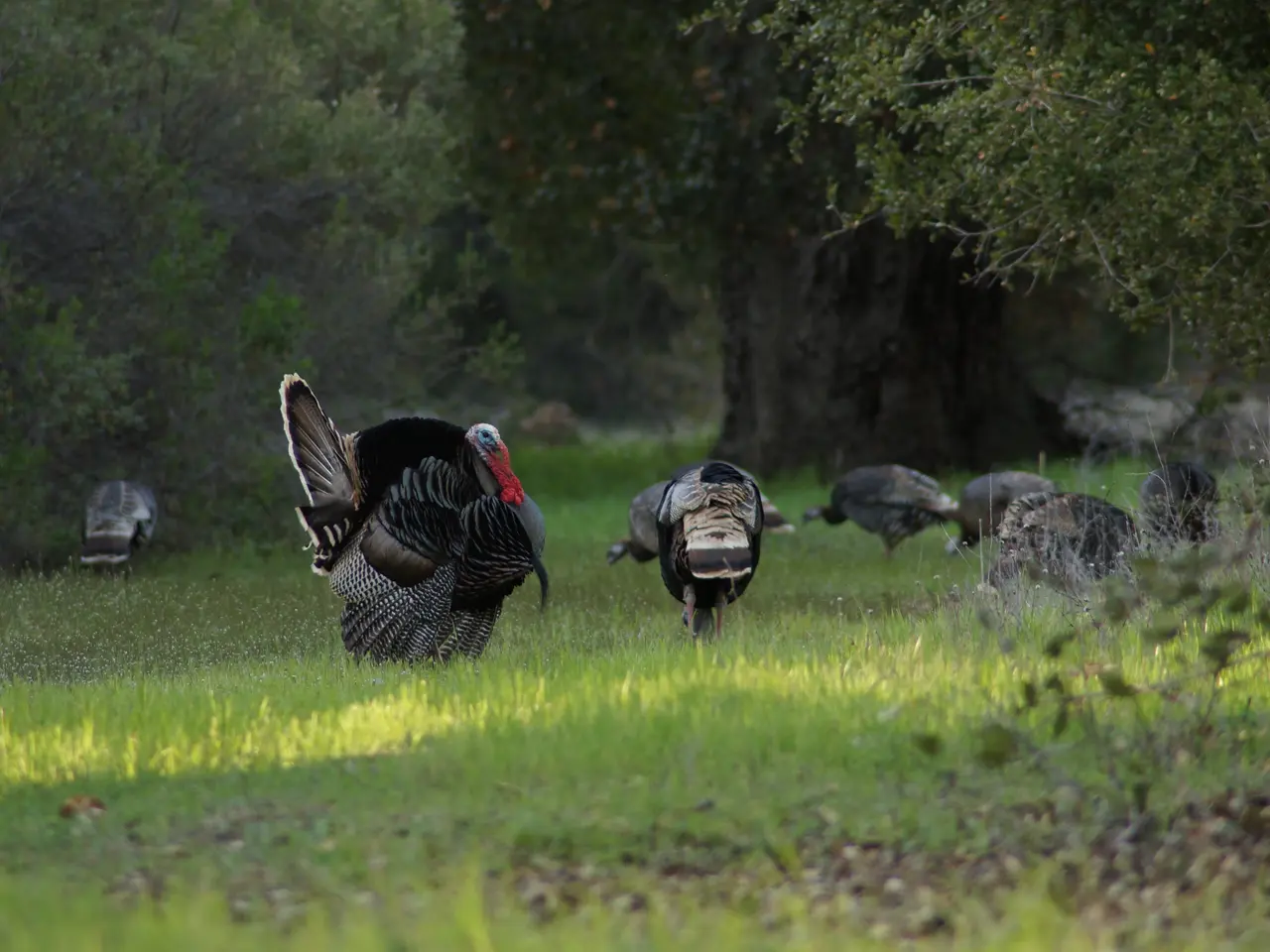Ancient Fossils Discovered in Turkey Push Boundaries of Mammal Evolution Understanding by 10 Million Years
In a groundbreaking study led by Ferhat Kaya from the University of Oulu and published in the Proceedings of the National Academy of Sciences, the argon-argon dating method has shed new light on the evolutionary timeline of mammals, particularly in the Central Anatolian Volcanic Province.
This innovative technique, known for its ability to provide highly precise and accurate ages of fossil-rich volcanic sediment layers, has greatly narrowed previous dating uncertainties. By drilling directly into sediment layers and analyzing feldspar crystals in volcanic glass—which trap argon gas when they cool—the team established at least five precise geological reference points. This allowed them to tightly anchor over 2,600 fossil specimens to a reliable timeline.
The fossil-rich volcanic sediments in central Anatolia were dated to between 7 and 10 million years ago, contrasting sharply with the prior datings based on comparative morphology, which had error margins of two to three million years. This methodology represents a significant paradigm shift because it transforms the Central Anatolian fossil beds into a "precise evolutionary clock," enabling more accurate correlation of mammalian and primate fossils with climatic and tectonic events.
The improved dating accuracy has revealed that Anatolia potentially played a central role in mammalian and primate evolution during the late Miocene, a role that was previously underestimated due to lack of precise dating. The local environment around 9.5 million years ago was dominated by dense woodlands, favoring browsers such as ancient three-toed horses and early saber-toothed cats. As time progressed, the fossil record in Anatolia reflects a shift: herbivore communities transitioned from browsers to grazers.
By 7.4 million years ago, the ecosystem had transformed into open grasslands, paralleling a global cooling trend recorded in deep-sea sediment cores. The volcanic ash layers provide "bulletproof ages" that link regional faunal transitions to global climate dynamics. The new high-precision dataset gives researchers at least five reference points across the stratigraphy of the site.
The argon-argon dated horizons act as both biological censuses and climatic gauges, revealing how rising plateau elevations and falling temperatures forced mammalian species to adapt, migrate, or disappear. Every new volcanic glass shard offers another opportunity to pin down the stories of species migration, adaptation, and extinction with unprecedented precision.
The Central Anatolian Volcanic Province holds a uniquely strategic position between Africa, Asia, and Europe, serving as a corridor for animal migrations during Miocene climatic shifts. The new findings suggest that eastern Mediterranean apes like Ouranopithecus and Anadoluvius could have coexisted with or even preceded early African hominines. The methodology used in central Anatolia could be replicated in other volcanic regions such as the Andes, Java, or East African Rift, offering a robust geochronological framework to better understand evolutionary and environmental changes in these critical geographic crossroads.
References: [1] Kaya, F., et al. (2022). Precise argon-argon ages for the Central Anatolian Volcanic Province and their implications for the evolution of mammals and primates in the Eastern Mediterranean. Proceedings of the National Academy of Sciences. [2] Kaya, F., et al. (2021). A new approach to dating volcanic rocks using the argon-argon method in Central Anatolia. Journal of Quaternary Science. [3] Kaya, F., et al. (2020). The geochronology of the Central Anatolian Volcanic Province: New insights from the argon-argon method. Earth and Planetary Science Letters.
- The groundbreaking study using the argon-argon dating method in the field of environmental science has greatly improved the understanding of medical-conditions related to the evolution of mammals in the Central Anatolian Volcanic Province.
- The accurate dating of fossil-rich volcanic sediment layers through technology such as the argon-argon method has significantly contributed to the field of education-and-self-development by providing a detailed timeline for space-and-astronomy researchers to analyze the correlation between mammalian and primate fossils, climatic, and tectonic events.
- The advancements in the argon-argon dating method in environmental science could potentially aid in the study of other volcanic regions like the Andes, Java, or East African Rift, contributing to the broader understanding of technology's impact on the evolutionary and environmental changes in these key geographic crossroads.




